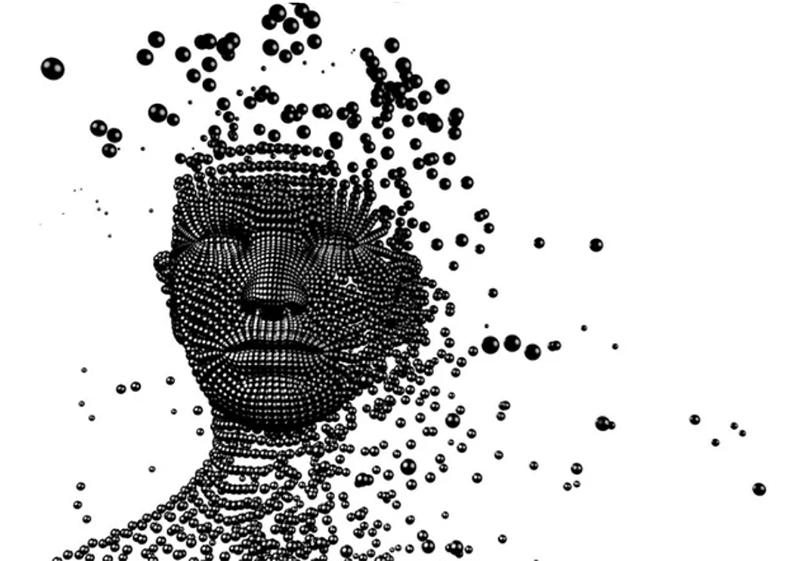Artificial intelligence websites such as ChatGPT, DALL-E, and others have shown a depth of human-like expertise that is impressive. They have the capability to create high-quality illustrations, marketing pitches, ideas to overcome writer’s block, and computer code in a matter of minutes. These AI tools rely on human input, in the form of text prompts, to produce the desired results. However, there are downsides to this new technology. One concern is that the use of these AI tools could lead to a loss of important human skills, such as writing. Educational institutions must establish policies to ensure fair use and desirable learning outcomes.
For example, the recent Colorado State Fair competition in the digital artist category was won by a human who used an AI-powered tool, but this person’s creativity was not based on traditional art skills like brushstrokes and color choices.

Copyright Issues and Plagiarism
Another issue is the question of copyright protection. There are currently ongoing lawsuits debating the proper and fair use of large language models with copyrighted or open-source training examples. These legal battles could have implications for the future design and use of AI tools. Despite these concerns, the public seems ready to embrace these new AI tools, as seen by the quick viral success of ChatGPT and DALL-E. This highlights the huge potential for creativity and the importance of making creative and knowledge work more accessible to everyone.

